Imagine a world without Angkor Vat, the Pieta in St Peter’s Basilica, or the Taj Mahal in Agra. Or even, the wealth and riches from 2000-year-old cities, torn apart by marauding robbers. It is nothing less than tragic, this mindless looting of priceless objects from archaeological sites, for the sole purpose of an international trade-off for lucre or status.
By common consensus the world over, it is understood that a country’s cultural heritage must be preserved. In other words, a country’s heritage, its value systems and beliefs--which are not only manifest in its visible products such as artifacts, but also in its sacred sites, historic buildings and communities that have maintained their culture against all odds--must be preserved and protected for the present and for future generations.
This is exactly what the august body of UNESCO (United Nations Educational, Scientific and Cultural Organisation) does. It is a select task-force that selects and conserves places around the world that are of significant cultural or natural importance. The list could include anything--from forests and lakes to monuments, palaces and buildings.
The World Heritage Sites run into hundreds. As we can’t feature them all here, we have homed-in on ten of the sites:
Stonehenge, England
A quaint-looking prehistoric monument in the county of Wiltshire, Stonehenge has long stoked conversations about its origins. Some say it was constructed by witches as a temple of worship, while others insist it was left behind by alien visitors. Either way, archaeologists believe that the circular setting of the large standing stones dates back to 2200 BC, with their construction spanning at least 3,000 years.
The first phase of the site was a large earthwork or ditch, which was made into a circular shape, followed by the arrival of bluestones from the Preseli Hills in Wales--that’s over 240 miles away! The third and final stage of Stonehenge was the arrival of the sarsen stones, brought 25 miles from Averbury, followed by the rearrangement of the bluestones into the horseshoe shape that we see today. Eerie, but beautiful, Stonehenge stands as a testament to British history.
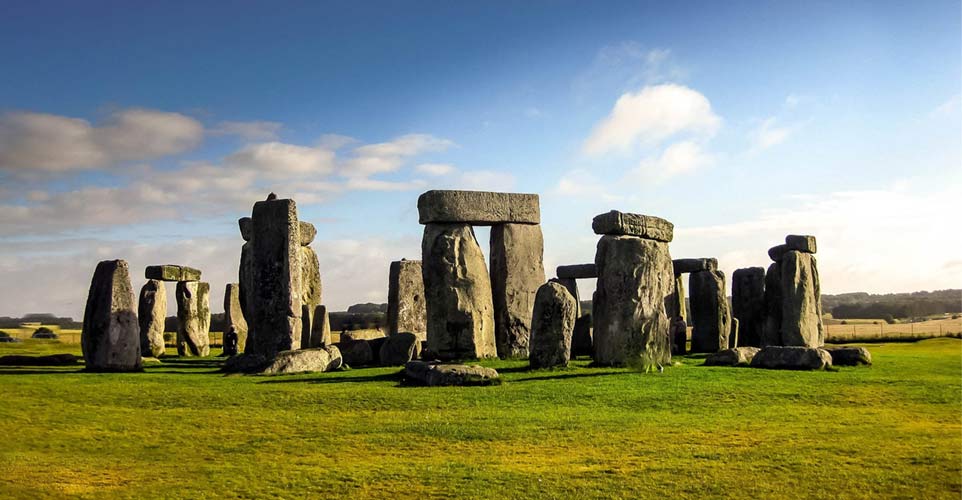
Chichen Itza, Mexico
A sprawling, pre-Colombian site built by the Mayas, the Chichen Itzen is located in Yucatan and is the type of building you can imagine being filled with El Dorado’s lost gold. Sadly, it’s not, but it should be. A tangible testament to culture integration, the building harnesses two distinct architectural styles and exhibits the Pucc style found among the people of the northern lowland and the “Mexicanized” style seen in central Mexico. Although the Chichen Itza lay in ruins--some think that its fall was the result of a fiery war--it is still a wonder to behold.
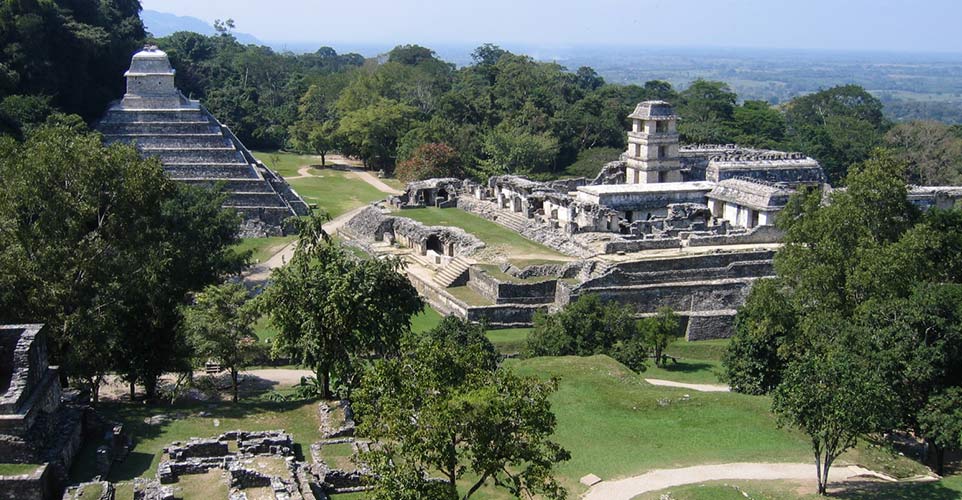
Jerusalem, Israel
A holy city for Jews, Christians and Muslims alike, Jerusalem has always retained an aura of mystique about it. Boasting over 220 historic monuments--among them the marvellous 7th century Dome of the Rock, The Wailing Wall, and Christ’s tomb in the Church of the Holy Sepulchre, the city is incredibly beautiful and one of the most under-rated destinations on earth.
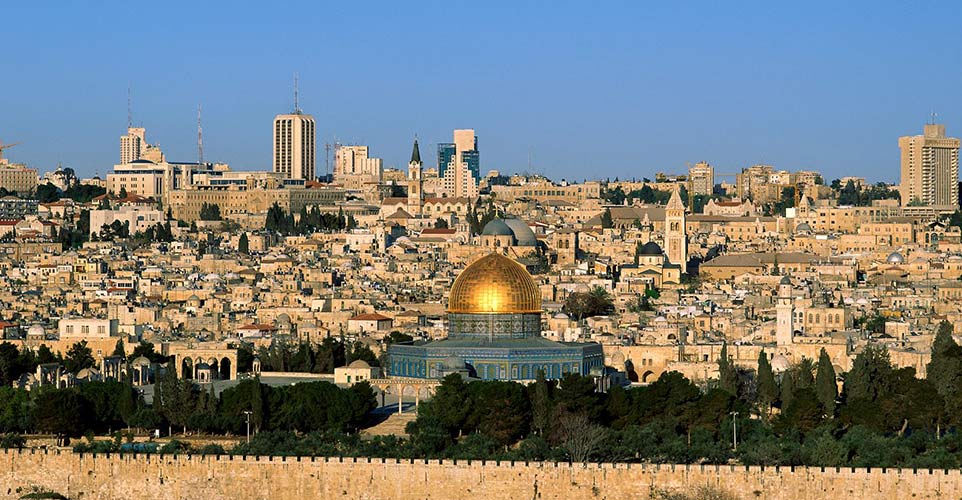
Rapa Nui, Easter Island
The indigenous name of Easter Island, Rapa Nui is a volcanic, Polynesian island, over which looms the watchful stone Maoi--eerie figures supposedly built to represent important ancestors of each clan, that weigh hundreds of tons and rise to 60 ft. Over 3,000 people live on the island today alongside the statues, and there are even small lodgings where visitors can stay. It’s interesting to speculate that maybe sometime in the near future, a Four Seasons may well make its appearance on the beach of this World Heritage site.
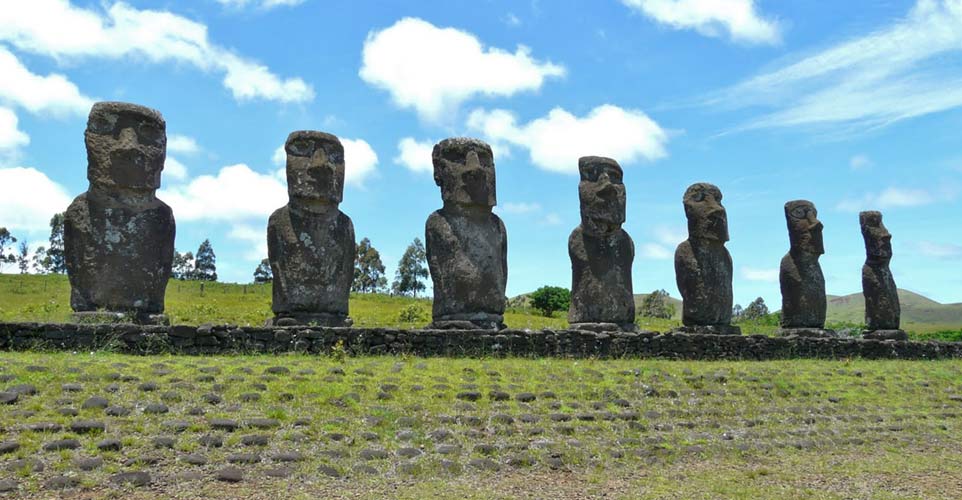
Vatican City, Italy
One of the most religious and beautiful cities on earth, many people don’t even realise that the Vatican City is actually a land-locked, self-contained sovereign city-state, with a population of 900. Ruled by the Pope, the rest of the state rulers being men of the cloth, it’s a must-see place when in neighbouring Rome. Arguably one of the most stunning sights inside the walls of the Vatican City is the Apostolic Palace, home of the Pope, comprising over 1,000 rooms, including Raphael’s Rooms, the Sistine Chapel, and the awe-inspiring ceiling frescoes painted by none other than Michelangelo.
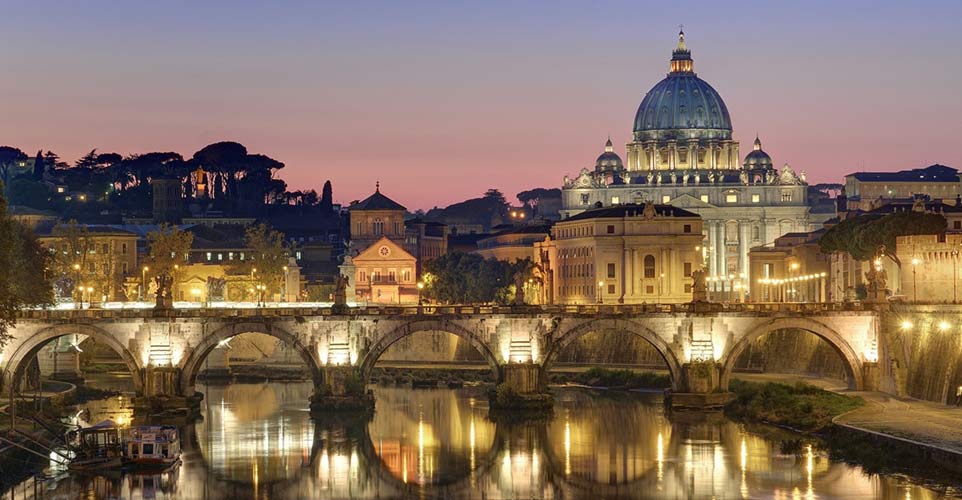
Pyramids of Giza, Egypt
Rising from the sands and on the outskirts of Cairo are the Giza pyramids--a complex of ancient monuments that are actually the last standing of the Seven Wonders of the Ancient World--making it an important World Heritage Site. The ancient necropolis consists of the Pyramid of Khufu, the Pyramid of Khafre, the Pyramid of Menkaure, and the Great Sphinx. Contrary to opinion, the pyramids don’t stand alone in the middle of the desert. There’s actually a KFC and Pizza Hut across the road, but this in no way detracts from the beauty and allure of the pyramids.
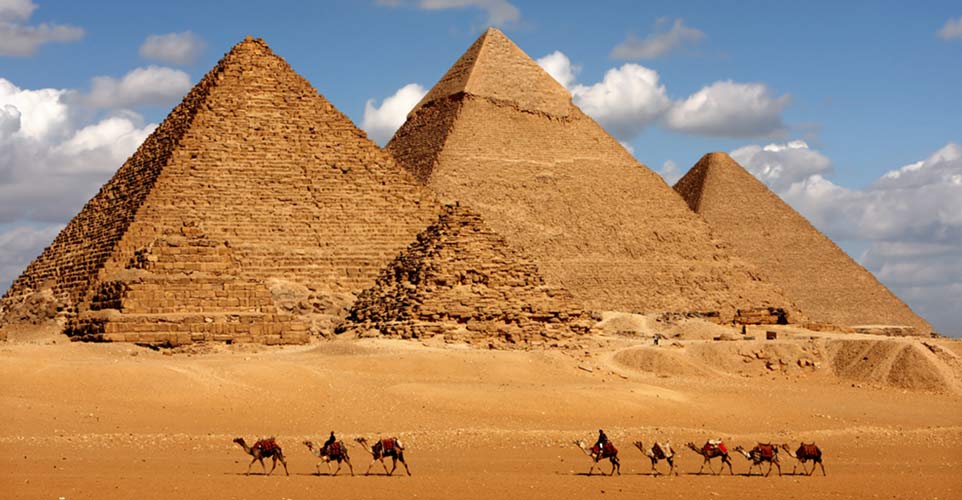
Archaeologists worldwide continue to be fascinated by their construction. While some think the stones were dragged from a quarry and somehow lifted into place, others think that the stones were built in place with some kind of limestone concrete. Used as magnificent tombs for the pharaohs, those ancient Egyptians certainly knew how to exit in style.
St Petersburg, Russia
With canals snaking through its centre, St Petersburg has been aptly termed as the Venice of the North. With its bridges and twisting spires, and the sinuous River Neva, the city is, indeed, a sight to behold. Created under the reign of Peter the Great, the city’s cultural and historical past is largely intact. Included in the World Heritage Site are monuments such as the Admiralty, the Winter Palace, the Marble Palace and the Hermitage.
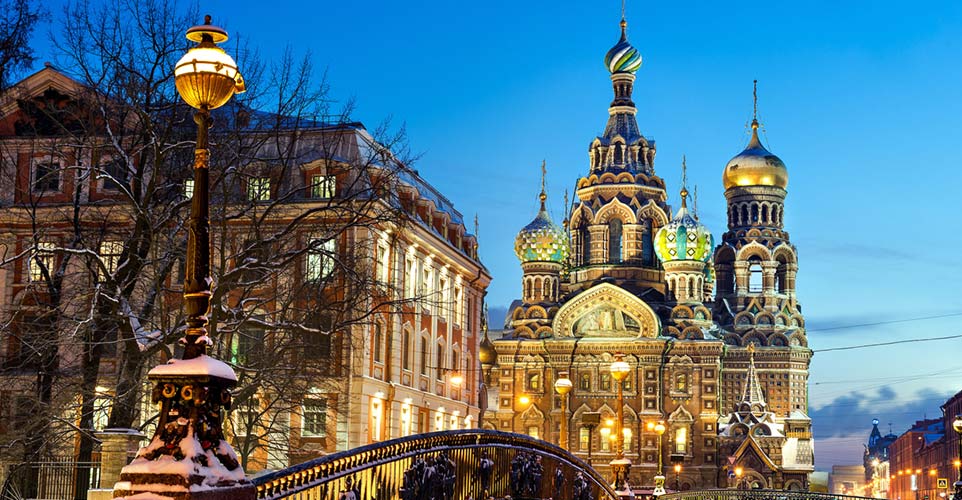
Everglades National Park, US
The Everglades National Park is possibly one of the largest subtropical wilderness sites in the United States. It also happens to be one of the most natural World Heritage Sites in the world and is located in southern Florida. This lush green swampland is teeming with wildlife, and is especially famous for its crocodiles and alligators. The best way to get an eye-view of crocodile country is to board a hovercraft and skim the surface of the marshland. It has been designated an International Biosphere Reserve and a Wetland of International Importance, in recognition of its significance to the world.

The Alhambra, Spain
A majestic palace on the border of Granada, the Alhambra was a grand citadel and fortress that was once the residence of Moorish kings, but it's now one of the world’s largest open-air museums of Islamic architecture and a World Heritage Site. Inside the citadel complex, you’ll discover royal residential quarters, official chambers, a bathhouse, and a mosque, as well as a series of courtyards flanked by sweeping archways, columns and fountains. Situated on the top of a craggy hill on the banks of the river Darro, the Alhambra is an idyllic place, surrounded by woods, gardens and orchards.
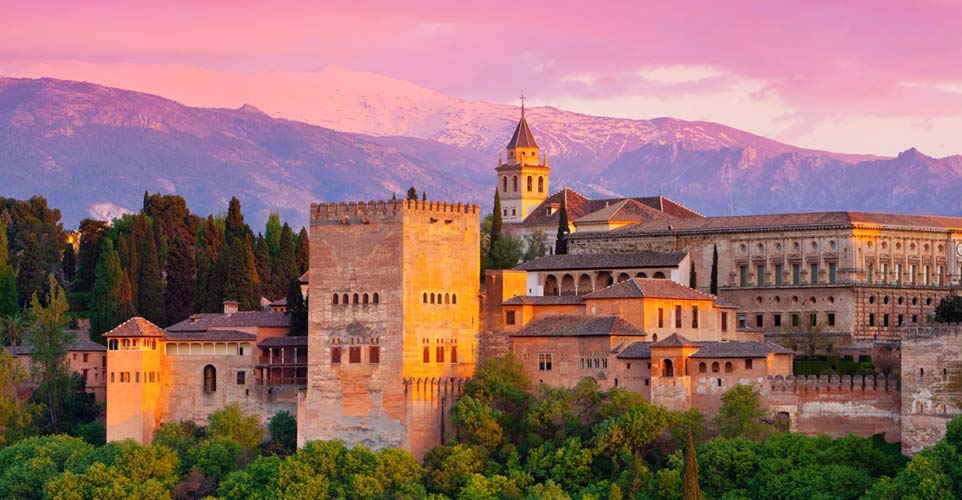
Notre Dame de Paris, France
Who hasn’t heard of the old hunchback of Notre Dame? Made famous in literature, Notre Dame is a World Heritage Site steeped in history and characterised by its French-Gothic architecture, natural-looking sculptures and beautiful, stained-glass windows. This out of the ordinary cathedral is as much of a sightseeing wonder and as French as sipping wine atop the Eiffel Tower, or visiting the Louvre or sipping coffee in a cafe on the Champs Elysees.
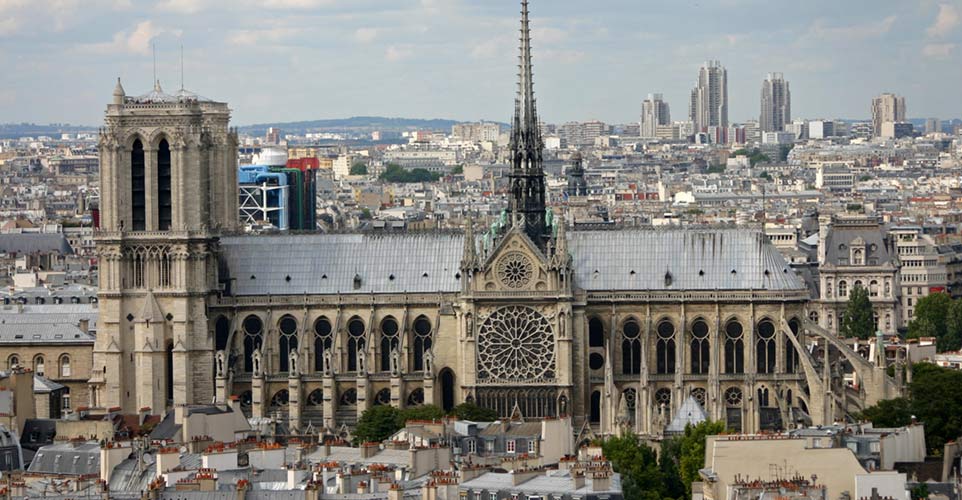
Even though the church was desecrated during the French Revolution, with much of its religious imagery burned or destroyed, the building still stands strong as the symbol of the City of Light. Plus, you can get an eyeful of some delectable French belles at the stone steps everyday.
Each World Heritage Site brings joy to the visitor, besides creating a sense of awe in him/her. Therefore, it becomes all the more crucial to peserve each site for future generations to enjoy and admire.
